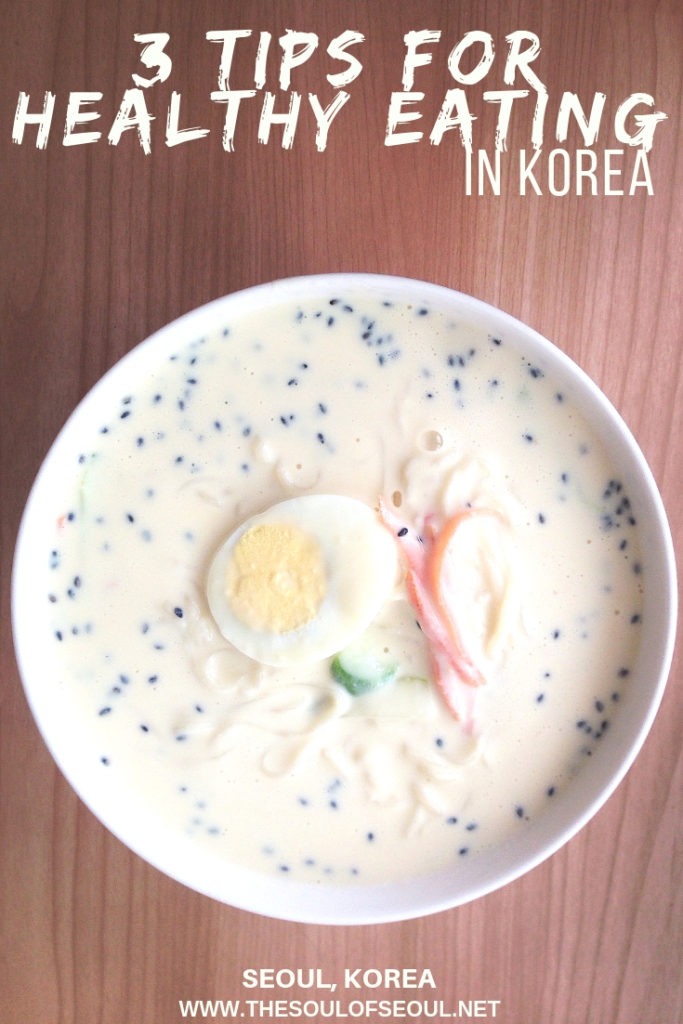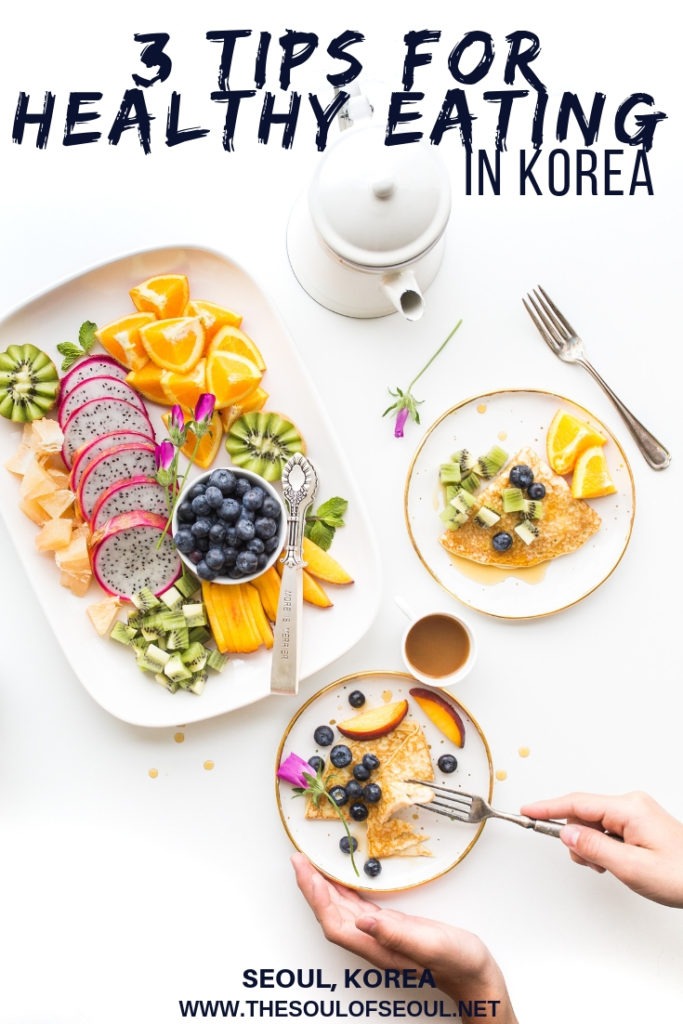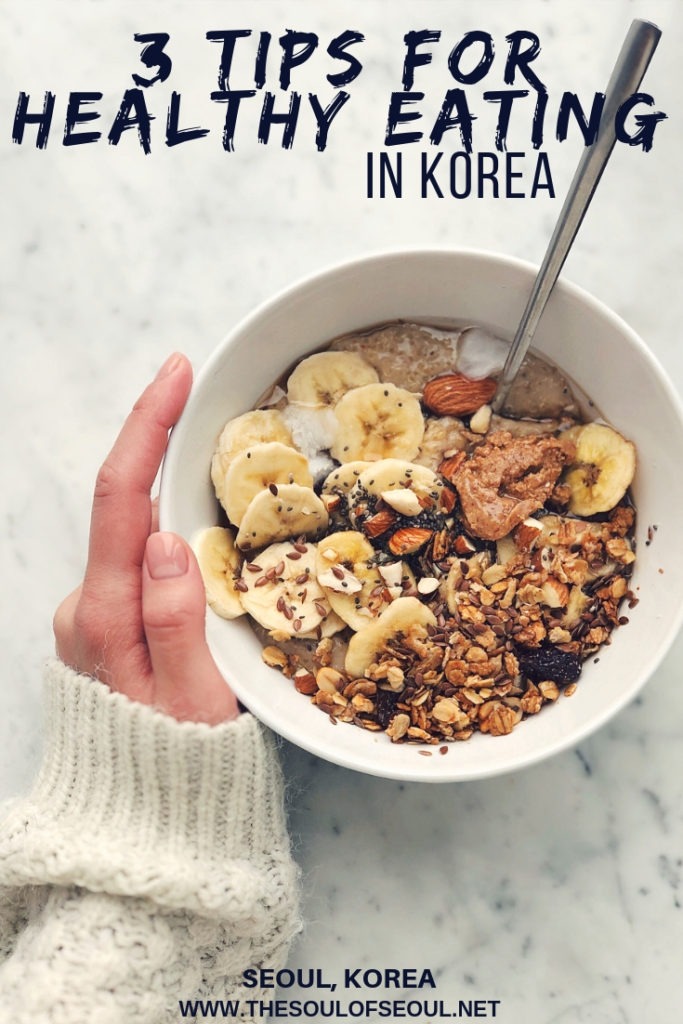Three Tips For Healthy Eating in Korea
Last Updated on December 19, 2024
Being healthy while traveling can be difficult for the unprepared. Imagine moving abroad and just not knowing where to start. Many foreigners and expats that come to Korea have common issues after they first arrive and many of them are related to health.
Is it possible to be healthy in Korea? What Korean foods are healthy? What Korean foods aren’t healthy? Where can I find healthy foods? Where can I get organic food? There are so many questions and so I’ve invited Dawn Wheeler to share her vast knowledge on the subject. It is completely possible to be healthy in Korea… if you know where to find the natural foods your body is craving.
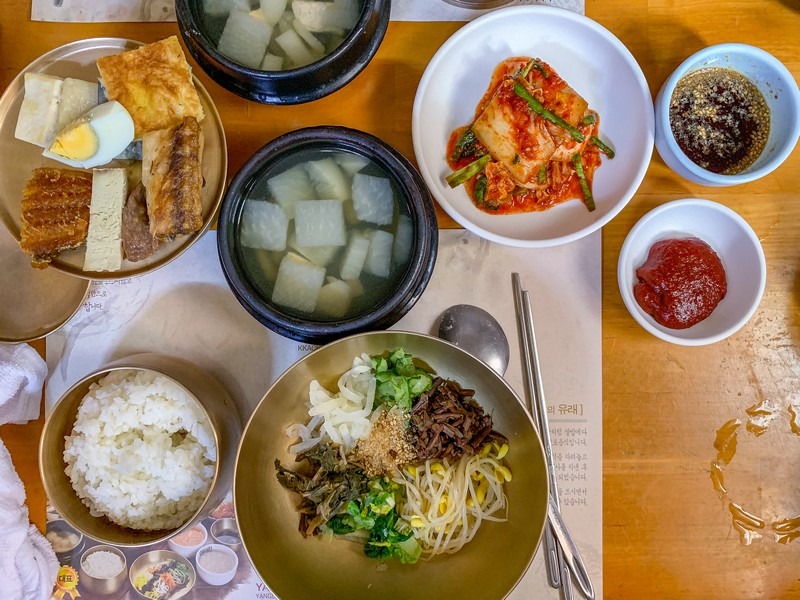
(This post contains affiliate links, which means I receive a certain percentage of a sale if you purchase after clicking at no cost to you. Thank you for your support.)
Dawn Wheeler is a Certified Nutritional Therapy Consultant dedicated to supporting the Korean expat community in creating a balanced, nutritious and healing lifestyle in their home away from home. She created Nourished Abroad in response to her own experience with health challenges that arose shortly after moving to South Korea. Through Nourished Abroad, Dawn provides nutritional consulting, organizes health-related events, and writes about nutrition and lifestyle for the expat community. Find her on Facebook Nourished Abroad and Instagram @nourished_abroad
I still remember my first day on my own in my new country bumpkin town of residence, Jincheon-eup in the Chungbuk province of South Korea. I found myself in the local

supermarket, bewildered by all of the different food options, unable to read labels, concerned about my shellfish allergy, overwhelmed and hungry! I had been too scared to enter one of the many mom and pop restaurants in town and try my hand at ordering Korean food on my own.
Korean food was completely unfamiliar to me and I was afraid of ordering something I’d be allergic to. I almost had a melt down in that Korean supermarket on that first day, but eventually, as I acclimated myself to life in Korea, grocery shopping got easier and easier. And a lot of things have changed in Korea since that day in August, 7 years ago.
But I try to remember how I felt back then, because now that I’m a nutritional therapy consultant, it helps to recall the feelings of overwhelm that many expats still feel when they think about how to feed themselves in this new environment.
New or coming to Korea? Check out 10 Things to Know Upon Arrival In Korea.
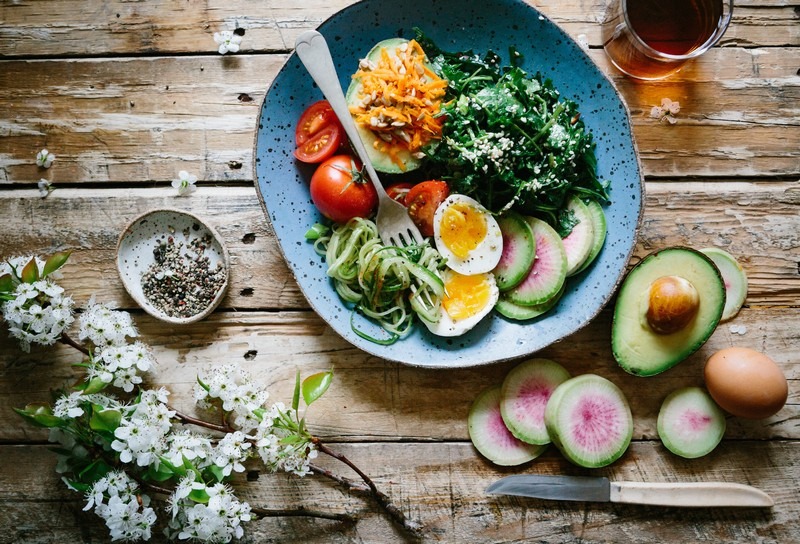
It’s easy to underestimate the effect that a completely new environment can have on your health. After all, food is food, wherever you go in the world. However, the environment you grew up in and your ancestral heritage can have untold impact on how your body reacts to living and eating in a new country.
I hear it all the time from Koreans who have spent time in the United States: “I gained so much weight from the food there”. And I hear the exact same thing from expats: “I’ve gained so much weight since moving to Korea”. So it can’t possibly be that one culture’s diet is “healthier” than the other. It may just be that your own culture’s diet is healthier for you.
There are a lot of factors, and I believe we aren’t even aware of many of them. Because of this, it is necessary to bring a practice of mindfulness to how we feed ourselves in this new environment. As an expat, you can no longer rely on familiar habits, resources and culture to guide your choices. You are starting from scratch!
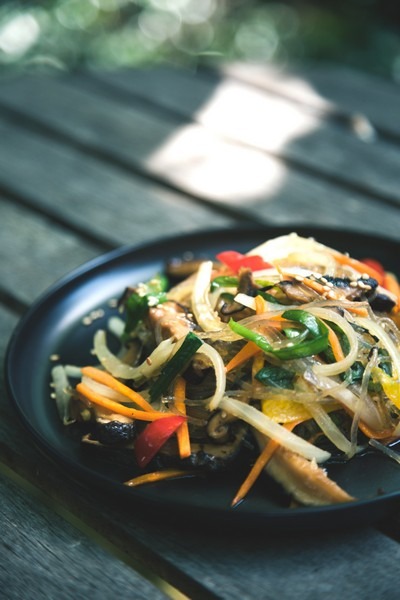
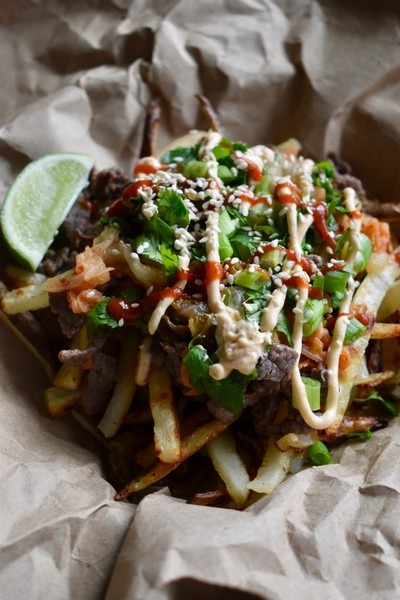
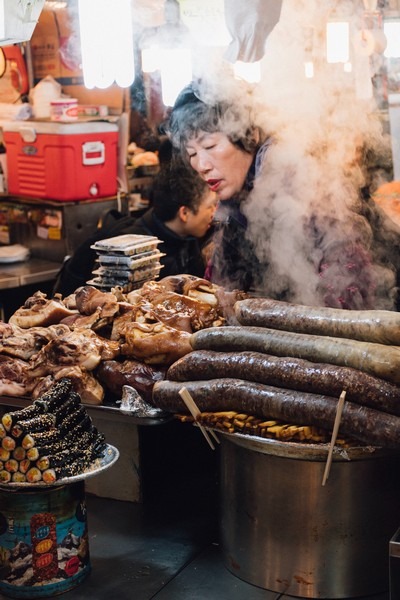
With all of this in mind, I’d like to offer 3 tips to get you off on the right foot so that you can reverse or avoid some of the common pitfalls expats often experience when they first move to South Korea. But first the pitfalls!
The most common issues I hear about here are: weight gain, fatigue, depression, hair loss, hormone imbalances and immune dysfunction. I certainly experienced all of these! They can be serious conditions, and I’m grateful that there is such a great medical system in place here in Korea so that they can be addressed appropriately. I’m even more grateful that we can get ahead of these problems if we turn our attention to our diets and lifestyles. The main causes of these conditions to look at are: blood sugar dysregulation, nutrient deficiency and consumption of inflammation-causing processed foods.
So, what can you do to avoid these pitfalls and create the most health and vitality for yourself in your home away from home? Let’s dive in!
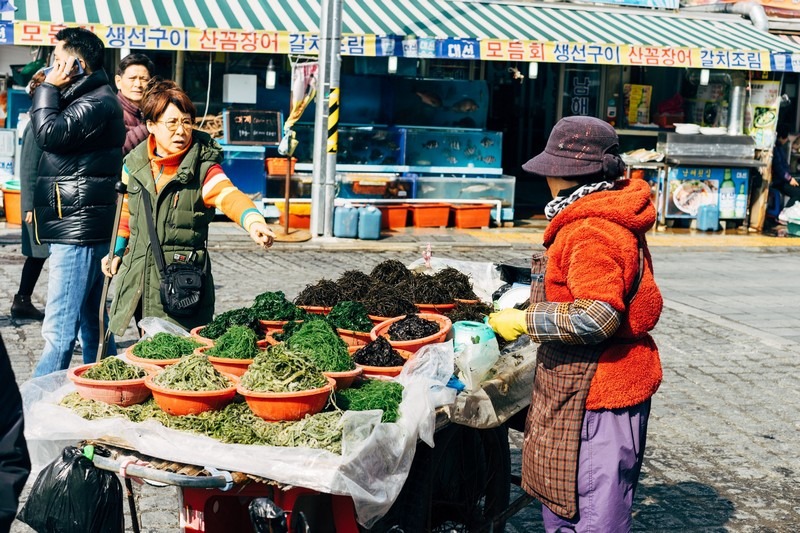
Number One: Buy whole foods at local farmer’s markets
The best thing you can do nutritionally for your health is to eat a variety of fresh, local, nutrient-dense, organic and seasonal whole foods. That means fruits, vegetables and meats that are grown and raised in Korea under as pure conditions as possible. It used to be the simplest and ONLY way to eat before the industrial era.
Now, it’s quite challenging to know the source and quality of your food. But a lot of the guess work can be taken out if you just go to your local farmer’s market and buy straight from the farmers. It will automatically be seasonal and local. Obviously there is no guarantee that it will be organic, but just ask for “yuginong” (유기농), which means organic in Korea. If you can’t buy organic, just avoid the dirty dozen.
If you don’t live near a farmer’s market, you can still get your major food groups at the local Korean grocery stores. Another popular site used around the world for those interested in organic and healthy foods is iHerb.com. Check it out if you haven’t.
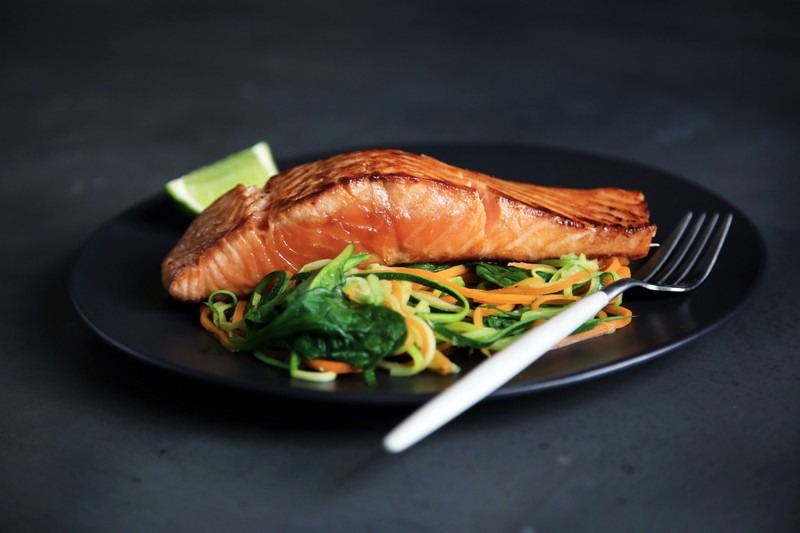
Number Two: Learn about Korean traditional foods
My certification program through the Nutritional Therapy Association puts a large emphasis on looking back to the traditional wisdom of our ancestors. Humans have had thousands of years to perfect their food traditions. Often scientists prove in retrospect what our great-grandmothers knew all along, that certain food combinations and food preparation techniques create a synergistic nourishment that wouldn’t exist otherwise.
What I’m saying is, our grandmothers (할머니) know what their talking about! And we are so lucky to be living in a country where people are still connected to traditional food cultivation and preparation methods. Here are some aspects of traditional Korean cuisine that we should be paying attention to.
- Eating nose-to-tail. Koreans eat all parts of the animal, which is not only a more sustainable and responsible meat-eating practice, but also a healthier one! By all means, indulge in cow head soup, pork spine soup, blood sausage soup, blood soup, intestines, pigs feet, chicken feet and beyond. The different types of tissues in these animal products provide a different range of nutrients that support energy, fertility, mental health, digestive health and even hair and skin beauty.
- Traditional Fermentation and pickling. Traditionally fermented vegetables such as kimchi and pickled radish can be supportive of a healthy digestion. In some cases, traditional fermentation neutralizes harmful “antinutrients” found in certain foods such as beans and grains. A great example of this is doenjang, which is fermented soy bean. The fermentation process neutralizes certain chemicals in soy which bind to nutrients in your food and prevents you from absorbing them. I personally do not recommend eating soy products, but I make an exception for Doenjang. Doenjang allows you to absorb the nutrients present in soy and other foods that you eat with it. And the fermentation process creates additional nutrients that otherwise wouldn’t be present in fresh soy.
- Plant-based cuisine. Koreans eat A LOT of different kinds of vegetables prepared in many different ways. This is not a fluke. Some nutrients in veggies are unlocked through cooking, others through the fermentation process, still others through pickling. Some nutrients are more bioavailable if veggies are eaten fresh. When you sit down to a traditional meal with various banchan, you can be sure that all of the different colors and textures in front of you represent a cornucopia of nutrition. Eat up!
I could go on and on about the vast traditional wisdom present in Korean cuisine. Tea, herbs, eating practices etc. If you want to learn more about traditional teas and herbs used, visit the Yangnyeongsi Herbal Medicine Market in northeastern Seoul. Get curious, ask your coworkers, do your research and you might just find yourself adopting some of these traditions yourself while experiencing improved health!
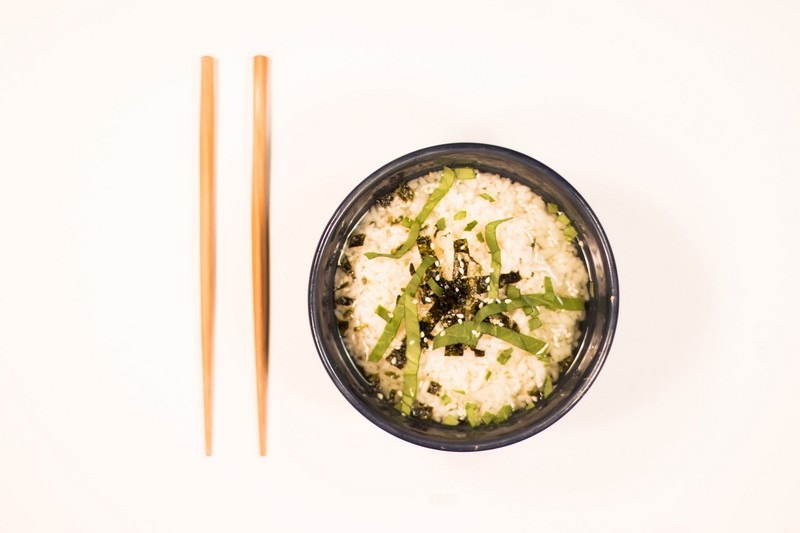
Number Three: Watch out for these ingredients
Traditional Korean food has a lot going for it. But we still need to be careful about what we choose to eat in Korea, because, as I said before, not all bodies react to certain foods in the same way. The first thing that comes to mind and that has been a game changer for many of my western clients is white rice. It pains me to say it, but if you did not grow up eating white, sticky rice, chances are that it’s going to have a negative impact on your metabolism.
Cultures that have had white rice as a part of their diet for hundreds, if not thousands of years, have biologically adapted with certain digestive enzymes and gut bacterial to help them metabolize this starchy grain -we westerners have not! If you are feeling extra sleepy after your school lunches, nix the rice.
Rice isn’t the only ingredient in Korean food that could be wreaking havoc on your blood sugar. We need to watch out for added sugars in marinades, dressings, sauces and unexpected places such as potato chips and garlic bread (why?????). I recommend avoiding these foods as much as possible, as they are about as good for you as candy. If you do eat these foods, consider them to be a treat, rather than a staple.
And while we are on the topic of sneaky ingredients, be careful of restaurant food in general because of the prolific use of vegetable oils such as canola and soy. These oils were rare in the human diet until the industrial revolution. Even though certain polyunsaturated fats are important and even essential for health, industrially processed vegetable and seed oils are stripped of vital co-nutrients, and deodorized to cover signs of rancidity.
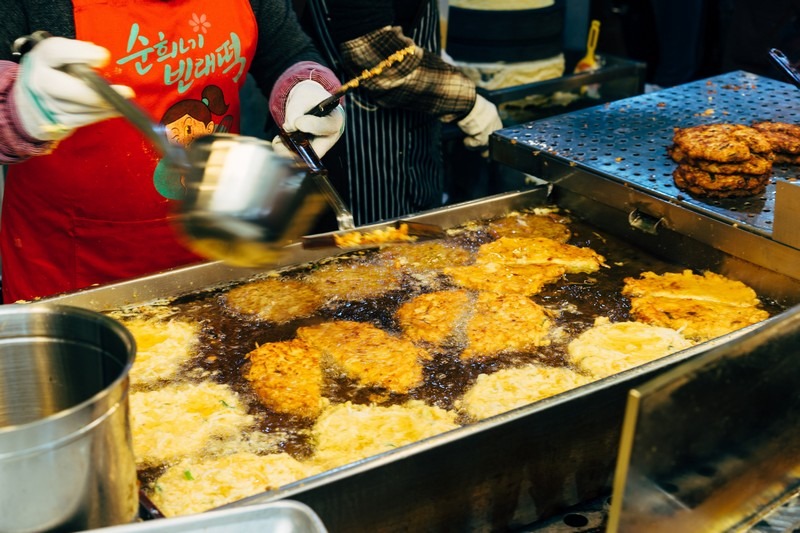
PUFAS are very vulnerable to rancidity because of their molecular structure. High heat and light exposure corrupt these delicate structures and can go on to create oxidative damage in the body. These oils of industry are cheap and easy to produce, which is why they are commonly used for frying and cooking foods in restaurants. Unfortunately, they could be contributing to a fair bit of inflammation in your body. Avoid, if possible!
One way to avoid these harmful oils is to stay out of convenience stores. Vegetable oils are the preferred cheap and shelf-stable fat for processed junk food manufacturers. More than any specific diet, keto, vegan, or paleo, consumption of processed food is the factor most associated with the onset of chronic disease. If you only follow one piece of advice, let it be this: just eat real food.
Those are the three most basic tips I have to offer anyone who is trying to establish a health-promoting lifestyle here in Korea. These tips can make a really big impact on your health and happiness while you’re living your best expat life! But there is so much more that I could talk about that just doesn’t fit in this article.
Did you like this post? Pin It!
